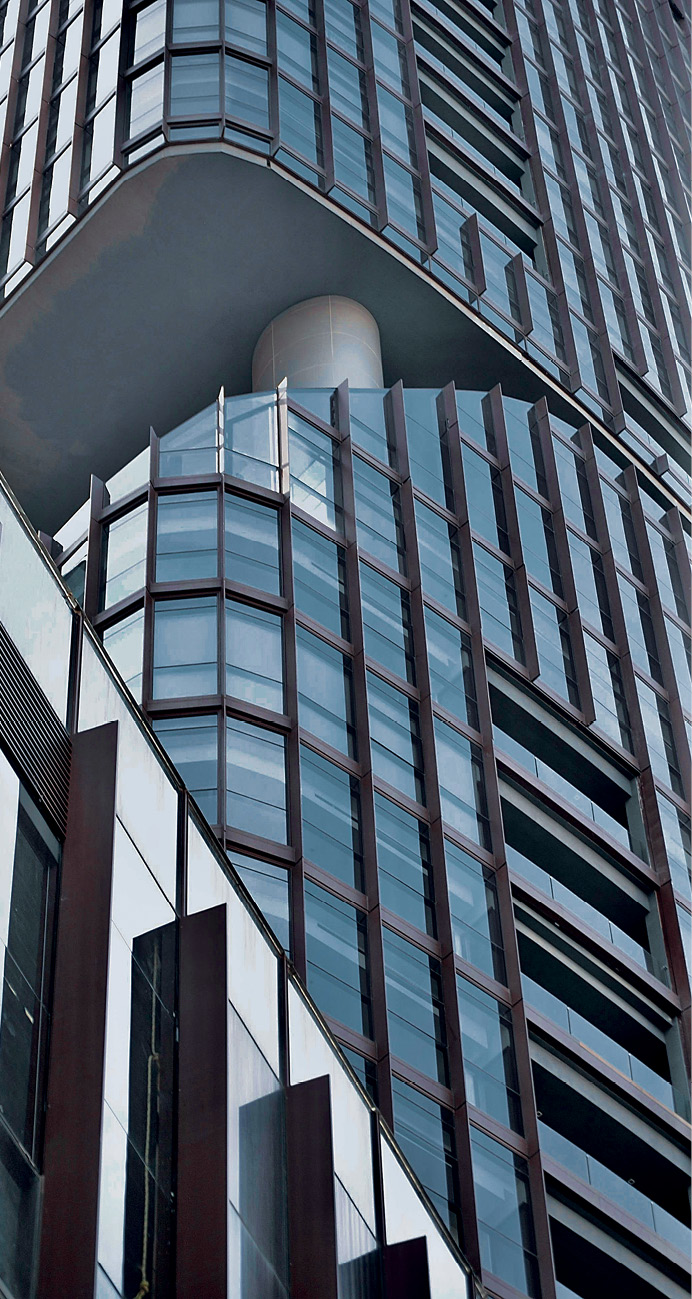Mexico Accelerating Development of Its Glass Sector
Nearshoring and demand for bullet-resistant glass boost a growing industry
Mexico is accelerating the development of its glass sector these days thanks to the ever-growing trend of nearshoring, or the relocation of global value chains. This relocation of supply chains to the country will require high-quality glass for many companies interested in expansion in the local market.
Mexico has the potential to be one of the main beneficiaries of nearshoring. However, to take advantage of this opportunity, the country—among other targets—requires a more well-developed glass sector. According to some local analysts, the recent election of Claudia Sheinbaum as the country’s new president—a well-known Mexican politician and the first woman to hold the office—should contribute to more active development of the country’s glass sector and increase its domestic production.
History of glass in Mexico and its growth potential

Glass manufacturing in Mexico began in the east-central region of Puebla in 1542, on the initiative of a Spanish entrepreneur, with the construction of a furnace that required a great deal of energy to produce glass pieces for export. In 1547, glass from Puebla, the only place in New Spain that produced glass, was exported to Guatemala and Peru.
According to experts of Mexico’s Ministry of Economy, the current-day glass sector remains one of the fastest-growing segments of Mexico’s industrial production, and the country is positioned as one of the main markets for glass production at a regional level. During the pandemic, the industry faced a sharp drop in production and the inability to meet the needs of major consuming industries; however, in recent years, the situation has changed, and as of now, the industry has recovered to pre-pandemic figures.
According to data from the National Statistical Directory of Economic Units, the Mexican glass sector currently consists of more than 980 companies of various sizes. Among the country’s glass production centers are the states of Mexico, Jalisco and Puebla. The city of Monterrey continues to be a key city in the country’s glass sector and maintains its leadership in the entire Northeast region due to its extensive participation in the beer production chain, automotive manufacturing and construction industries. At the same time, there has been significant growth in glass output in other regions of the country. Two decades ago, there were large monopolies in the country’s glass sector. At present, the industry is highly fragmented, and there are more small glass plants that generate a greater supply, which motivates a reduction in costs to speed up the chain.
Due to this, most local analysts expect further growth in the Mexican glass sector in years to come, which will be supported by a stable demand for glass from some major consuming industries in the country. According to a recent report published by the Mexican research firm Informe de Expertos, the Mexican flat glass market will grow by 3.88% between 2025 and 2027, mainly driven by the growth of demand from the automotive industry, solar sector (solar panel manufacturing) and electronics industry.
Major flat glass players in Mexico plan for growth
As for the global majors, the Mexican glass market has always been within the sphere of interests of major global players, many of which have significantly strengthened their positions in the country in recent years.
An example is Saint-Gobain, which considers the Mexican glass market as one of the priorities for its growth in the North American region in the years to come.
“The market has been growing since last year, but [it has slowed since the second quarter of 2024]. This is mainly due to a government change and it’s normal for the market to hold for a moment and wait for [the settlement of] new expectations,” says Luiz Alberto Vega, an official spokesman of Saint-Gobain Latam. “We strongly believe in the Mexican economy, which is thriving, and will take advantage of the nearshoring phenomenon and all the opportunities and growth that come with it. Saint-Gobain sees Mexico’s glass market as having a very auspicious future and will continue investing in it.”
Finally, according to data provided during Glasstech Mexico 2024—the professional glass technology expo in Mexico—the bullet-resistant glass sector will show stable growth rates within the next several years. It will provide some additional opportunities for growth to major players due to growing concerns about public safety and security in the local market and the growing number of uses for this type of glass. The bullet-resistant security glass industry is expected to develop due to rising defense spending and a strong demand for residential construction.
Sustainability and recycling remain challenges for glass industry growth
Despite the ongoing progress and constant growth, the Mexican glass industry faces significant challenges, especially in terms of sustainability and recycling. According to data from the Mexican Ministry of Environment and Natural Resources, only 12% of the more than 2.5 million tons of used glass containers are recycled in the country, compared to plastic #1, or PET, which is already recycled at a rate of 60%.
This represents a challenge for the Mexican market since there is a niche to fill in glass recycling, while the country experiences a lack of capacity to implement these plans. According to local producers, another problem with glass recycling within the country is the logistics required. Analysts believe that while many Mexican citizens have begun recycling glass in recent years, there is currently no capacity to process the amount of recycled glass material.


